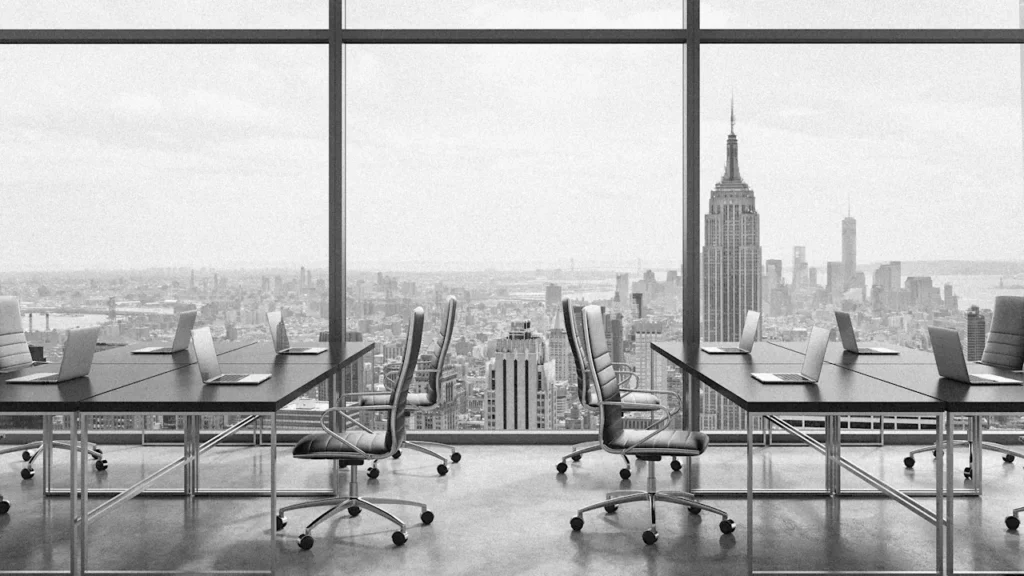
Office work is officially back from the dead—if New York is any indication, that is. In Manhattan, businesses are leasing more office space than they have in close to a decade, in a sign that the return-to-office movement is likely to stick around.
According to real estate investor CBRE, during the first nine months of 2025, Manhattan businesses leased 23.2 million square feet of office space, the most since 2006. Leasing has already surpassed last year’s total, with 143 leases at more than $100 per square foot. However, as the epicenter of business, New York City is an outlier: Nationally, leasing is still around 11% below the pre-COVID average.
Unsurprisingly, financial firms, as well as tech, media, and advertising companies, are driving the surge with major deals. In April, Deloitte signed a lease with Hudson Yards for 800,000 square feet of a 717-foot tower still under construction. Amazon is expanding its NYC office presence, too. In 2020, the tech giant bought the historic Lord & Taylor building. This year, the company bought a building at 522 Fifth Ave. A month earlier, the company leased 330,000 square feet of office space from Israel-based Property & Building Corp. at Bryant Park.
The leasing boom is so pronounced that developers have announced more than six new projects to meet the growing demand. This includes a new office building in Grand Central with Ikea as a ground-floor tenant, and JPMorgan Chase’s $3 billion tower at 270 Park Ave.
With all the extra office space, New Yorkers are going to be expected to occupy it—particularly given the rise in return-to-office initiatives. Case in point: Last year, Amazon CEO Andy Jassy mandated that nearly all Amazon employees work in the office five days a week, pressing that on-site presence fuels productivity and creativity.
“When we look back over the last five years, we continue to believe that the advantages of being together in the office are significant,” Jassy wrote in a memo. “It’s easier for our teammates to learn, model, practice, and strengthen our culture; collaborating, brainstorming, and inventing are simpler and more effective; teaching and learning from one another are more seamless; and, teams tend to be better connected to one another.”
In July 2025, New York office visits were 1.3% higher than they were six years ago. But nationally, return-to-office policies have been trending upward, too. A recent Kastle Systems report found that in Class A+ buildings (new, high-quality buildings usually occupied by major companies), office attendance was around 76.3% in the 10 largest U.S. metro areas. The overall average for the same cities was 54.1%.



